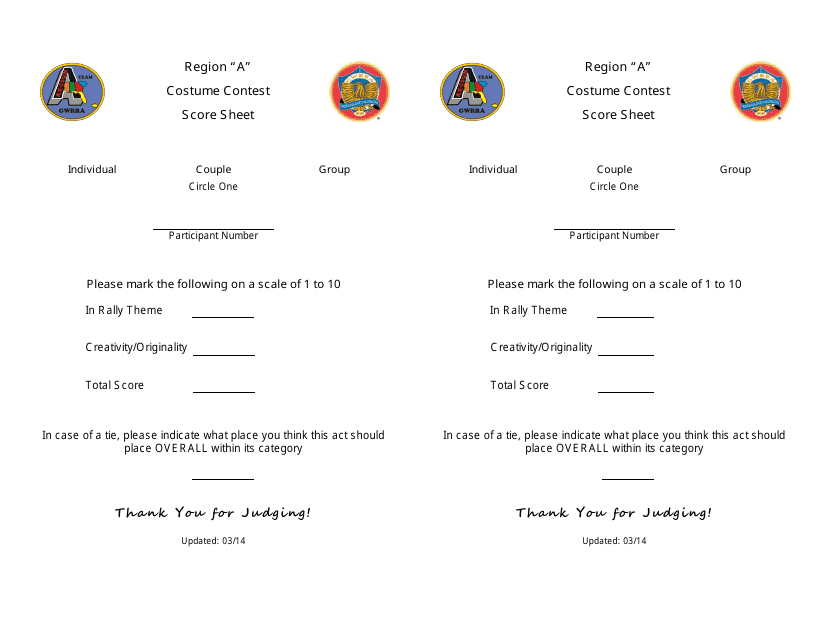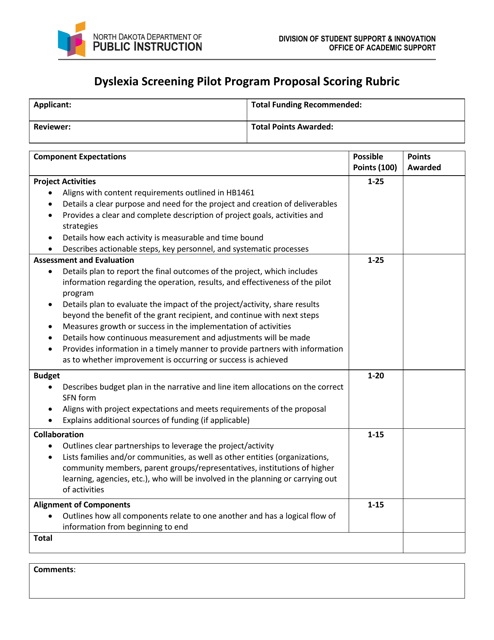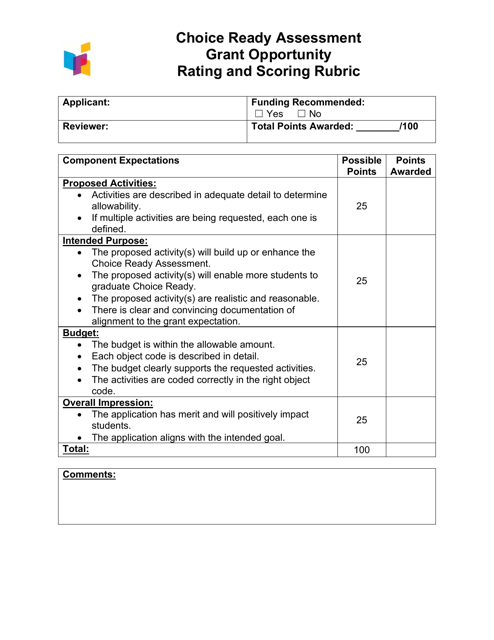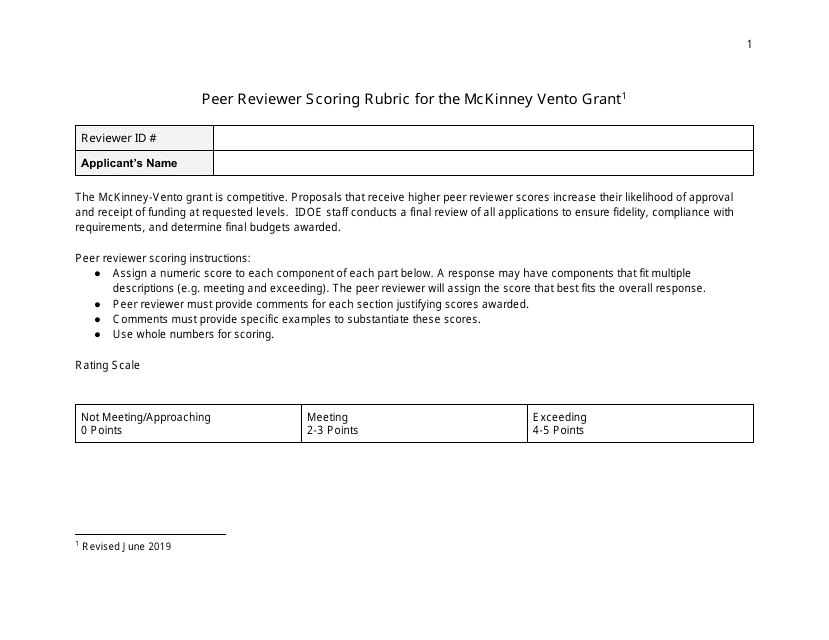Scoring Rubric Templates
A scoring rubric, also known as an assessment rubric or scoring guide, is a tool used to assess and evaluate the quality or performance of a particular task or assignment. It provides clear criteria and standards to measure and score different aspects of the task.
A scoring rubric is commonly used in various domains such as education, research, competitions, grants, and programs. It helps to ensure fairness, objectivity, and consistency in evaluating a wide range of projects, proposals, performances, or assessments.
Whether you are organizing a costume contest, implementing a dyslexia screening pilot program, conducting a science experiment, applying for a grant, or assessing a project, having a well-defined scoring rubric is essential. It allows judges, evaluators, or reviewers to assess and score submissions based on predetermined criteria, providing valuable feedback and guidance to participants.
The scoring rubric serves as a transparent and reliable method for evaluating and ranking submissions. It helps in making informed decisions, identifying strengths and weaknesses, and providing constructive feedback for improvement. By using a scoring rubric, individuals or organizations can ensure a fair and consistent evaluation process, promoting objectivity and removing subjectivity from the assessment.
With a scoring rubric in place, participants have a clear understanding of the expectations and criteria for evaluation. It enables them to align their efforts, showcase their skills, and meet the desired standards. Moreover, the use of a scoring rubric enhances the transparency and accountability of the evaluation process, building trust and confidence among stakeholders.
Whether you are a teacher assessing student assignments, an organization evaluating grant proposals, or a competition organizer judging performances, a scoring rubric is a valuable tool to streamline the evaluation process. It facilitates effective communication, enables fair assessment, and promotes continuous improvement.
In summary, a scoring rubric is an essential tool for evaluating and assessing various tasks and assignments. Its use ensures fairness, transparency, and consistency in the evaluation process, enabling participants to meet the desired standards and receive valuable feedback. Whether you are an educator, researcher, organizer, or evaluator, having a well-designed scoring rubric can greatly enhance your assessment endeavors.
Documents:
5
This document is a score sheet used for judging and evaluating participants in a costume contest. It helps organizers keep track of scores and determine a winner.
This document outlines the scoring rubric for evaluating proposals for a Dyslexia Screening Pilot Program in North Dakota. It provides a framework for assessing the quality and feasibility of program proposals submitted by potential participants.
This document provides the expectations and scoring rubric for the science experiment slides in the final report of the Civil Air Patrol National AE High-Altitude Balloon Cadet Competition. It outlines how the slides will be evaluated and what is expected from participants.
This document is a rating and scoring rubric used for evaluating grant opportunities in North Dakota. It helps assess the readiness and suitability of grant applications.
This document provides a scoring rubric for peer reviewers to evaluate the Mckinney Vento Grant applications in Indiana.





